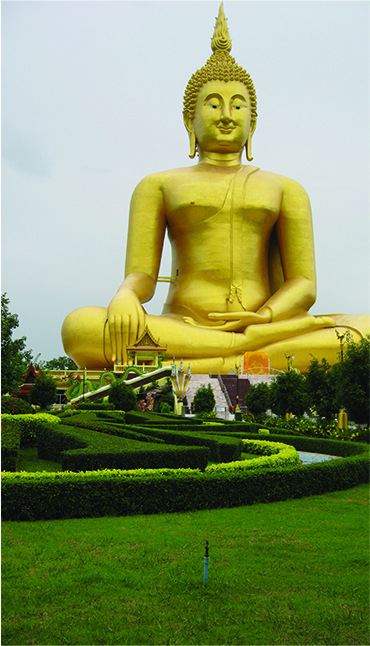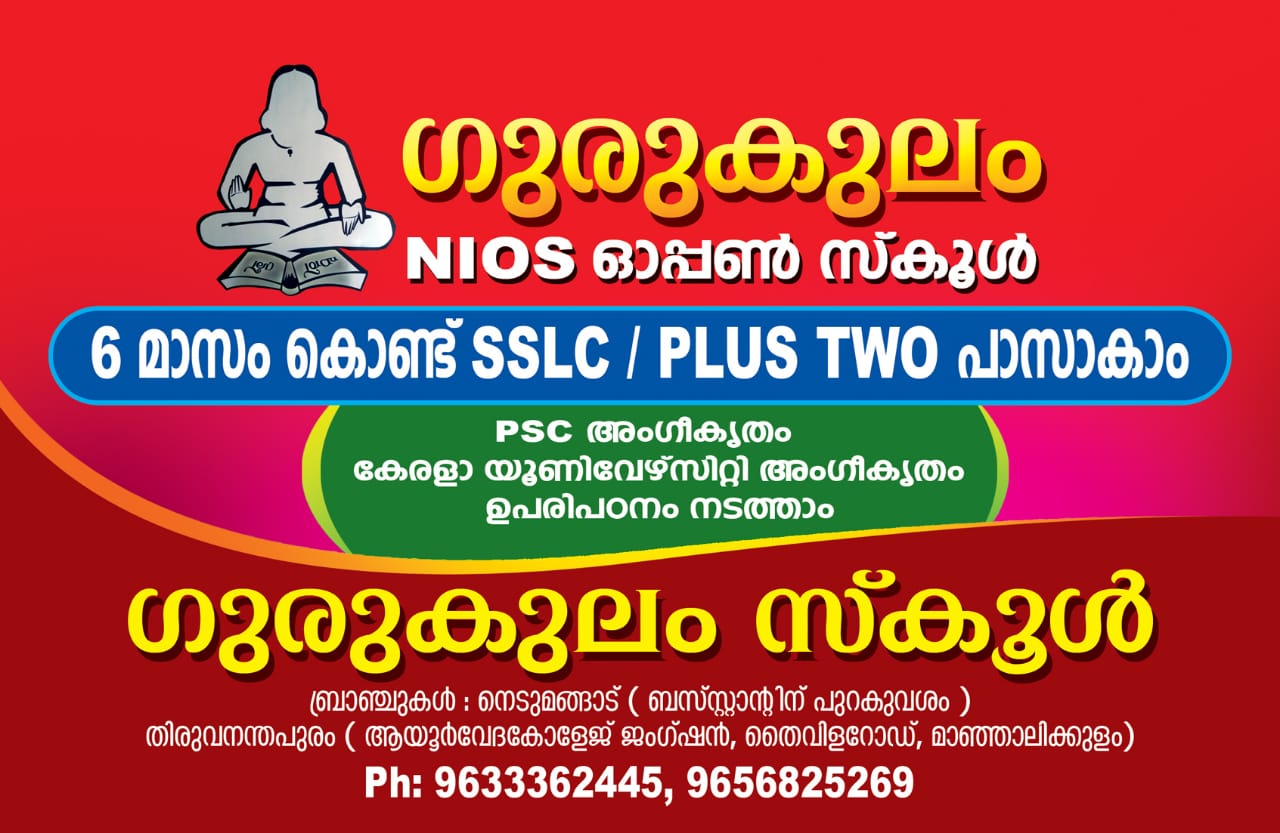|
Be Your Own Lamp

|
|
Gautam Buddha remained silent for a few days. Seven weeks later, he made his way to Deer Park at Sarnath, near Varanasi, where he met his five former ascetic companions. To them, for the first time, he spoke about his realization. It was the beginning of a life-long commitment to teaching the truth to as many who desired to know it. Even as he took on a teacher’s role, his emphasis remained on self-effort. He certainly did not wish to spoon-feed students his teachings. The Majjhima Nikaya quotes him as saying “Vibhajjavado aham, naham ekamsavado”.“I am an analyst, not a doctrinaire”. He clearly positioned himself not as a propounder, but a questioner of doctrine.In this sense, he would have seen his path and teachings more as a theory of existence, a science of the mind not to be followed as such, but to be lived and experienced.
Somewhat like a latter-day scientist, the Buddha is said to have urged his followers not to take anything for granted, not even what he said. They were to verify each statement and doctrine for themselves, by living it and questioning it. Clarifying the importance of individual striving, and also his relationship with his followers, the Buddha is quoted in the Dharmapada as having said, “You yourself should make the exertion. The Tathagatas (Buddhas) are only teachers.”
In fact, this was also the very last thing the Buddha told his followers. As he lay dying, his foremost disciple, Ananda, asked him for a final teaching. “Be lamps unto yourselves,” said the Buddha, as he fell silent to embrace his approaching death. This, like so many others, appears to be a jewel of understanding gained from his personal experience. He had followed teachers and learnt from them but true realization came when he sat under the bodhi tree and became a lamp unto himself.
Of course the teacher is present to point out the way. But
|
|
that is what he is the finger that points to the moon, which should not be confused with the moon of truth. In his very first Sermon, the Buddha presented a clear vision of the path. It consisted of the “four noble truths” pithy statements that contain the distilled essence of the Buddha’s understanding of the human condition, as well as the noble eightfold path, following which one could live a balanced, meaningful life. This path included developing the right view, right resolve, right speech, right action, right livelihood, right effort, right mindfulness and right concentration. The eight-fold path emanates from the very heart of the attitude that has come to be known as Buddhism’s “middle way” approach to spiritual seeking and indeed, to life.
This path included developing the right view, right resolve, right speech, right livelihood, right action, right effort, right mindfulness and right concentration. The eight-fold path emanates from the very heart of the attitude that has come to be known as Buddhism’s “middle way” approach to spiritual seeking, and indeed, to life.

|

|
